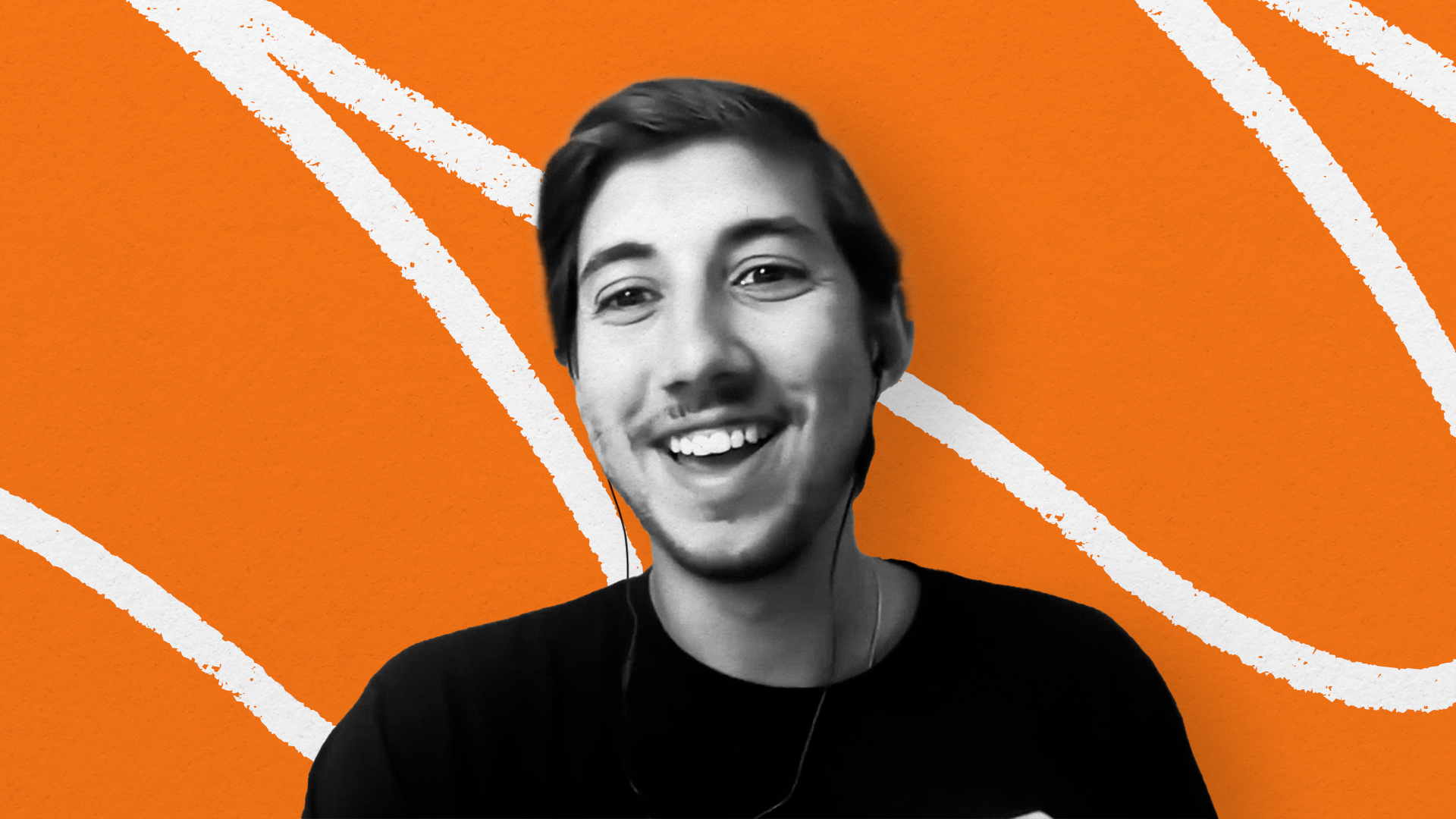
TL;DR: Today we’re releasing a new episode of our podcast AI & I. Dan Shipper goes in depth with Lucas Crespo, our very own creative lead at Every. Watch on X or YouTube, or listen on Spotify or Apple Podcasts. Here’s a link to the episode transcript.
Was this newsletter forwarded to you? Sign up to get it in your inbox.
One of the most fun channels in Every’s internal Discord is called “images-art.” It’s where Lucas Crespo shares new artwork for the pieces we publish every day.
It’s always a treat. Recently I scrolled through the channel’s media to see a robot and a marble statute playing a pensive game of chess, a curly-haired sculpture embracing a boxy monitor, and a 19th-century debutante balanced on a stack of dollar bills. The visual style is bold, surprising, and delightful—and Dan Shipper invited Lucas on AI & I to talk about it.
Lucas is Every’s creative lead—and, as Dan calls him, a “founder’s best friend.” Lucas has worn many hats at the company, working on ad sales, helping run courses, and producing this podcast. He’s now defining Every’s design language across our editorial and product efforts, writing about it, and casually going viral on X from time to time.
Dan and Lucas talk about the roots of Every’s aesthetic, how Lucas uses AI tools like Midjourney and native image generation in GPT 4o to generate images for our articles, the story behind the design baked into Every’s email product Cora, and the future of digital experiences on the internet. Lucas also screenshares through the iterations of how he generated this headline image for Every’s consulting page. It was endearing to watch this episode because it’s a conversation between two people who clearly like working together to make the internet feel a little more beautiful.
You can check out their full conversation here:
If you want a quick summary, here are some of the themes they touch on:
Every’s aesthetic plays with the tension between the old and the new (00:11:38)
I love Every’s visual style, but if you asked me to describe what it is, I’d probably say something vague about cool vibes and ancient statues. Fortunately, Lucas is orders of magnitude more articulate. He defines Every’s aesthetic as neoclassical pop art—for example, bringing classical motifs like marble Greco-Roman statues alive with saturated colors and modern symbols. Dan adds that this is rooted in the tension between old and new, which is aligned with Every’s ethos: to take the glamor and symbolism of the past and reimagine it in a fresh, contemporary way, much like the Art Deco movement once did.
For Lucas, pushing Every’s design language forward starts with a question: “I knew that we needed to pop because I think most newsletters look exactly the same—it’s text on a white background. How can we make ours feel special?”
Why art direction is gaining new importance in the design process (00:22:01)
One of the most interesting things about hearing Lucas talk is realizing how deeply he thinks about how things feel, not just how they look. This part of the design process—art direction—is becoming more important in the AI age. Now that it’s easier to generate images, Lucas says, designers are spending their time curating experiences that feel more “organic” that’s showing up on his X timeline as the use of clouds, earthy landscapes, and textures in design.
Lucas has also been thinking about how AI might change what a website can fundamentally be. He compares websites to buildings—spaces designed with intention. But most websites today prioritize efficiency and usability, which leads to a kind of architectural sameness. “Everybody's house sort of looks the same,” he says, “you're taking the same hallway… because we’ve fallen into the same UI patterns.” He wonders about a new kind of website that invites curiosity rather than just guiding a behavior. “Isn’t it amazing when you're lost in a museum and you don't know where you want to turn next and you can just explore, get lost, and dive into it?”
Cora’s visual language (00:49:43)
One of my all-time-favorite Lucas-creations is the landing page and launch video for Cora, so I was excited to hear him talk about it. Lucas says the design for Cora was rooted in the product’s philosophy: making a user’s everyday experience with email feel better, even delightful.
Lucas’s vision for the landing page was to tell a story, guiding you from the chaos of a cluttered inbox into something softer, calmer—like stepping into springtime. That narrative continues inside the app, where your emails are no longer dumped in a list, but transformed into twice-daily “briefs”: a summary of your inbox set against impressionist-style oil paintings. Eventually, Lucas wants the backgrounds to shift based on time of day, season, or where you are in the world, creating more little moments of surprise.
The future of designers in an AI world (00:59:57)
Lucas believes that the future of design is being in tune with what you find beautiful everyday. That sensibility—what you notice, what makes you pause—is what informs strong art direction. As images of any kind become easier to generate, the designers who stand out are those who can create a sense of cohesiveness and emotion.
Lucas points out that this kind of creative direction has traditionally been reserved for ad campaigns or film sets, where every detail from background to wardrobe is chosen with care. But increasingly, it’s becoming part of how digital products are made too. When AI handles the execution, it’s the taste and storytelling behind the design that become the real craft.
Here’s a link to the episode transcript.
You can check out the episode on X, Spotify, Apple Podcasts, or YouTube. Links are below:
- Watch on X
- Watch on YouTube
- Listen on Spotify (make sure to follow to help us rank!)
- Listen on Apple Podcasts
What do you use AI for? Have you found any interesting or surprising use cases? We want to hear from you—and we might even interview you.
Miss an episode? Catch up on Dan’s recent conversations with star podcaster Dwarkesh Patel, LinkedIn cofounder Reid Hoffman, a16z Podcast host Steph Smith, economist Tyler Cowen, writer and entrepreneur David Perell, founder and newsletter operator Ben Tossell, and others, and learn how they use AI to think, create, and relate.
If you’re enjoying the podcast, here are a few things I recommend:
- Subscribe to Every
- Follow Dan on X
- Subscribe to Every’s YouTube channel
Rhea Purohit is a contributing writer for Every focused on research-driven storytelling in tech. You can follow her on X at @RheaPurohit1 and on LinkedIn, and Every on X at @every and on LinkedIn.
We build AI tools for readers like you. Automate repeat writing with Spiral. Organize files automatically with Sparkle. Write something great with Lex. Deliver yourself from email with Cora.
We also do AI training, adoption, and innovation for companies. Work with us to bring AI into your organization.
Get paid for sharing Every with your friends. Join our referral program.
The Only Subscription
You Need to
Stay at the
Edge of AI
The essential toolkit for those shaping the future
"This might be the best value you
can get from an AI subscription."
- Jay S.
Join 100,000+ leaders, builders, and innovators

Email address
Already have an account? Sign in
What is included in a subscription?
Daily insights from AI pioneers + early access to powerful AI tools


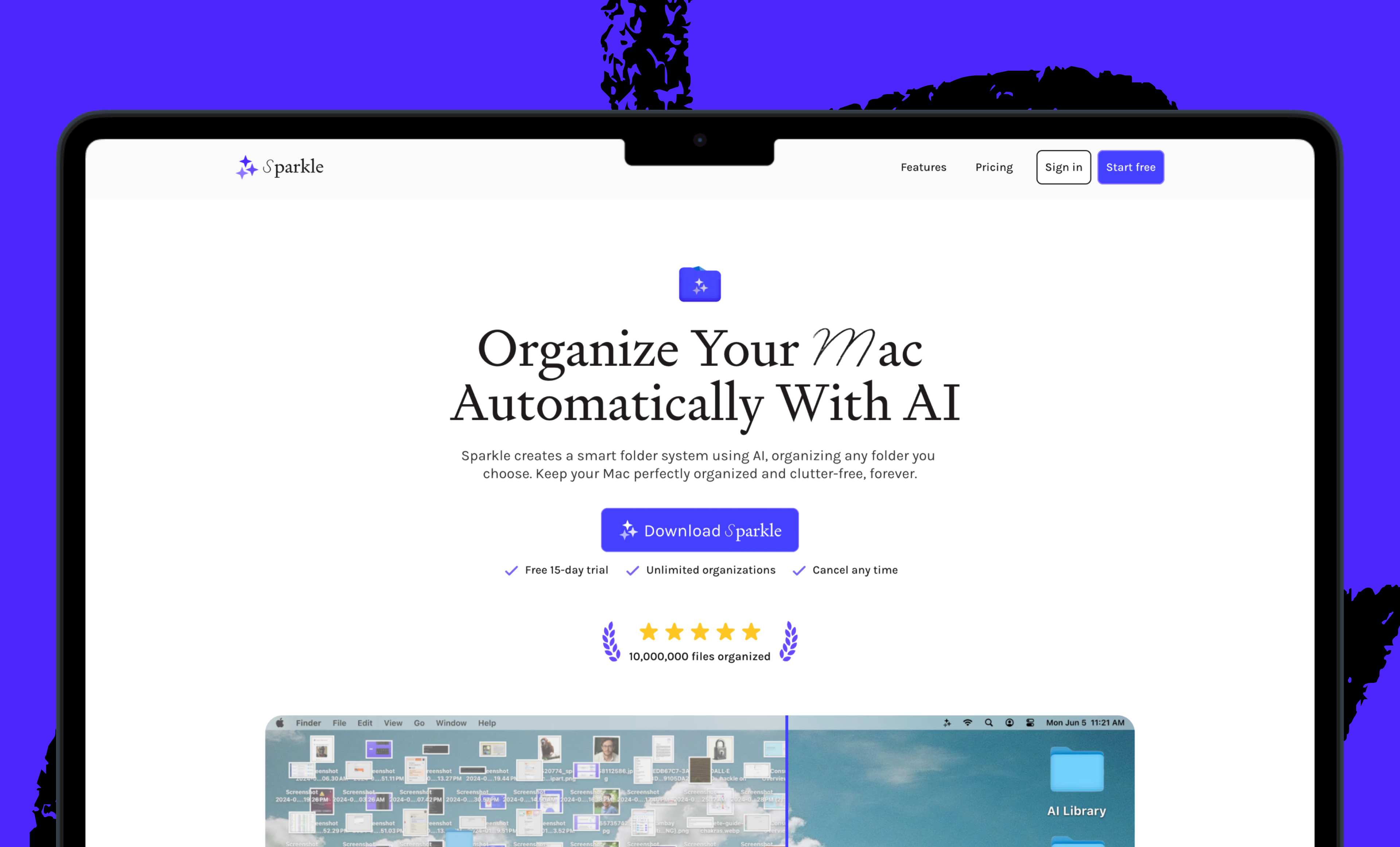
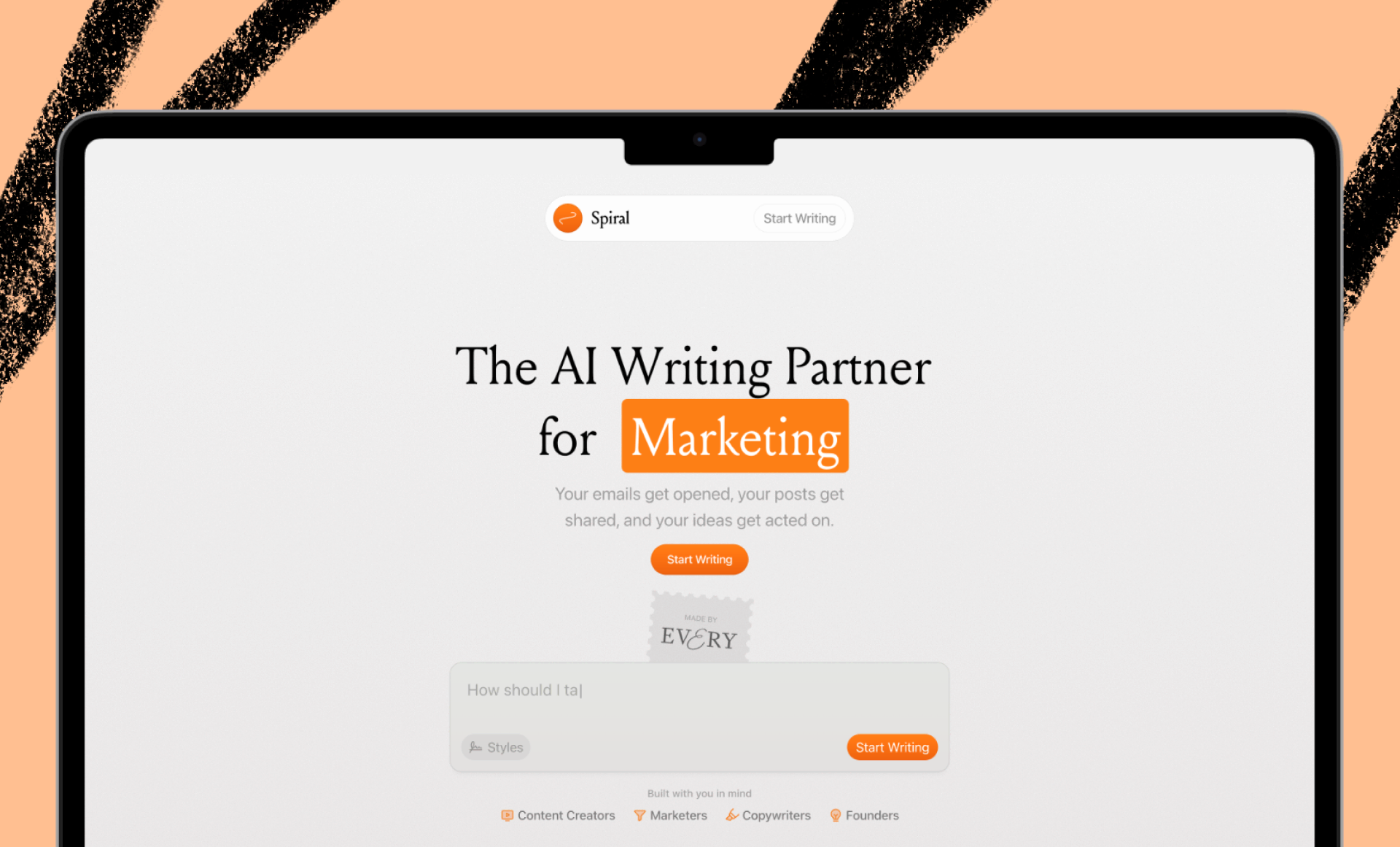
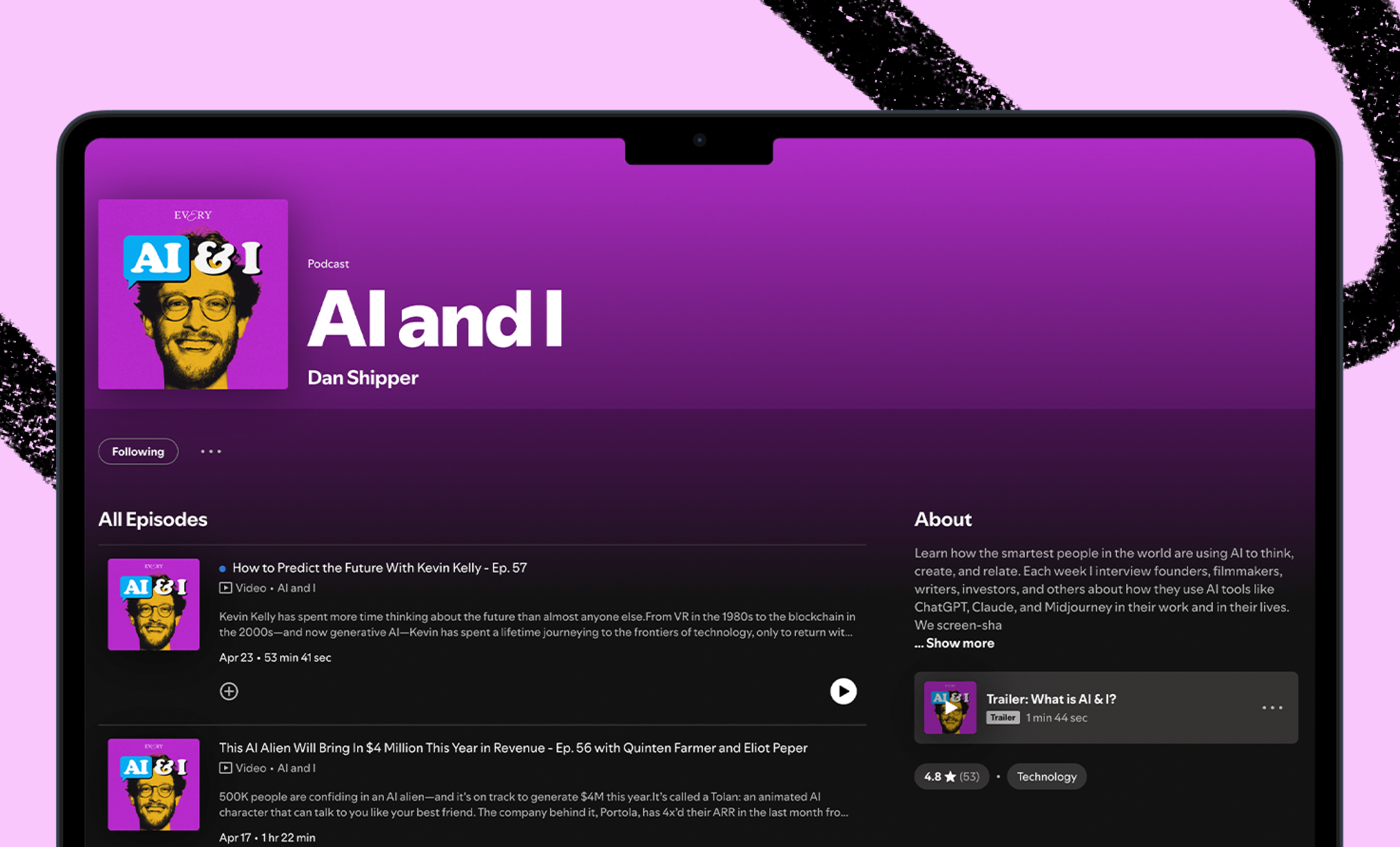
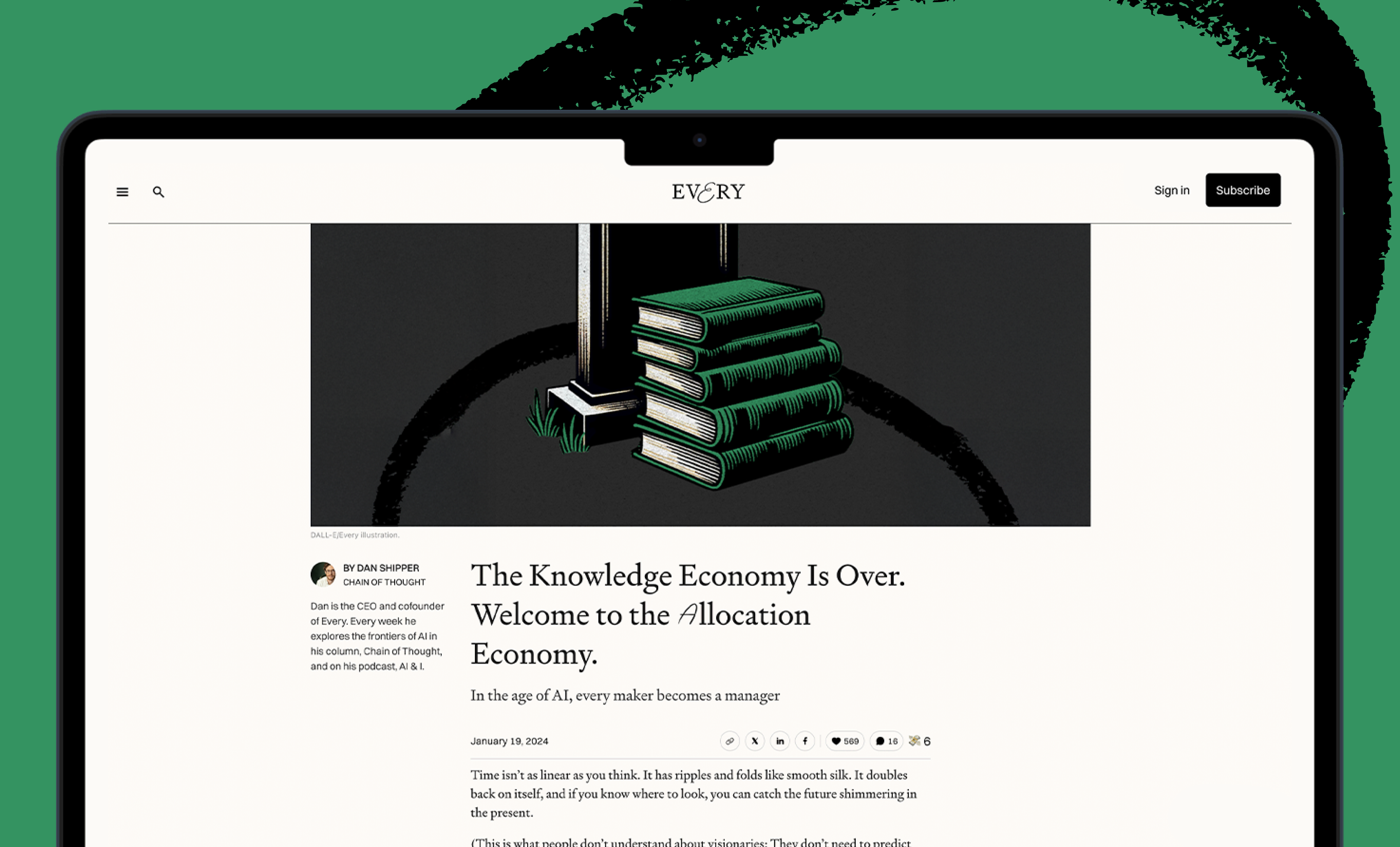
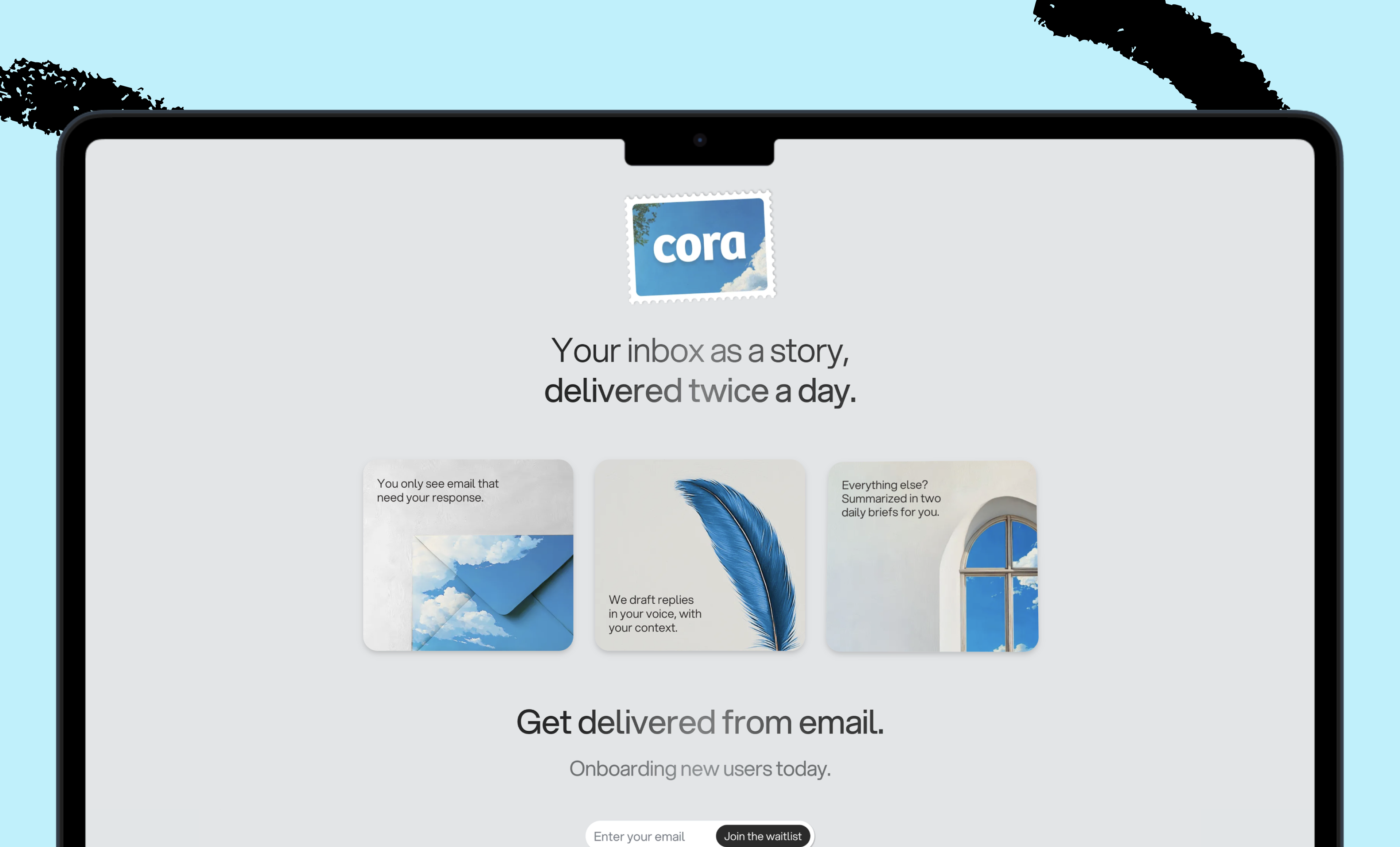
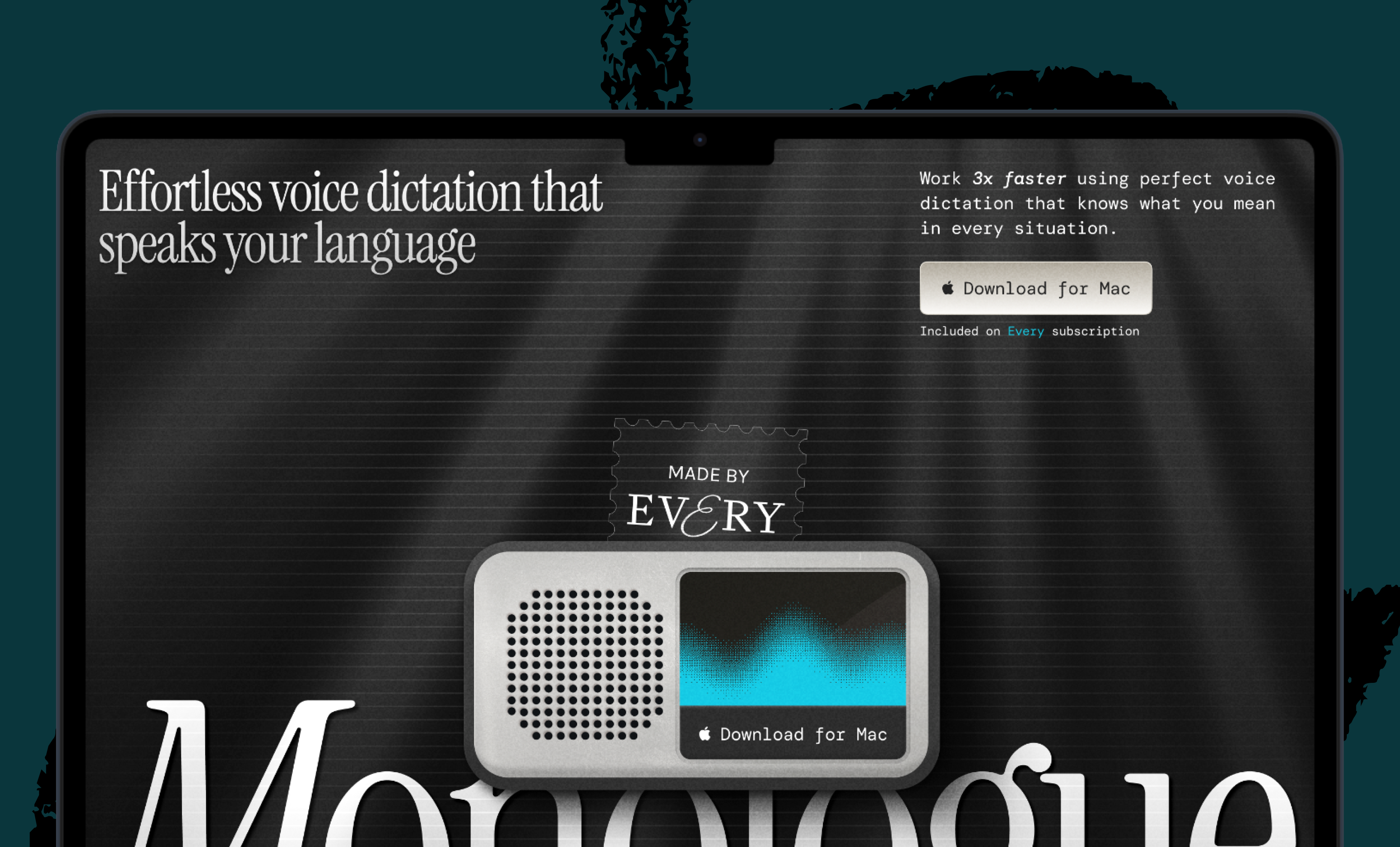

.png)
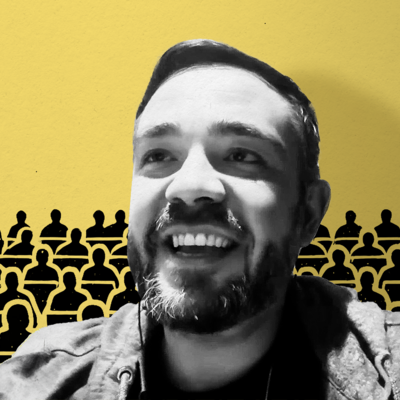
Comments
Don't have an account? Sign up!